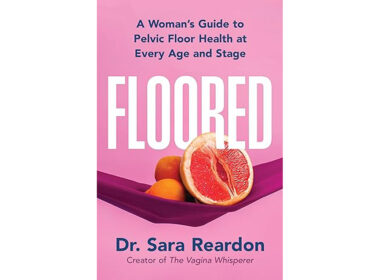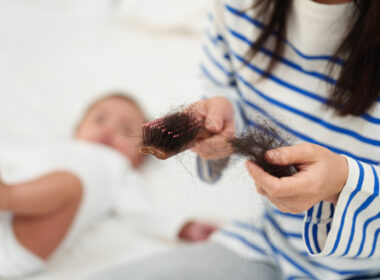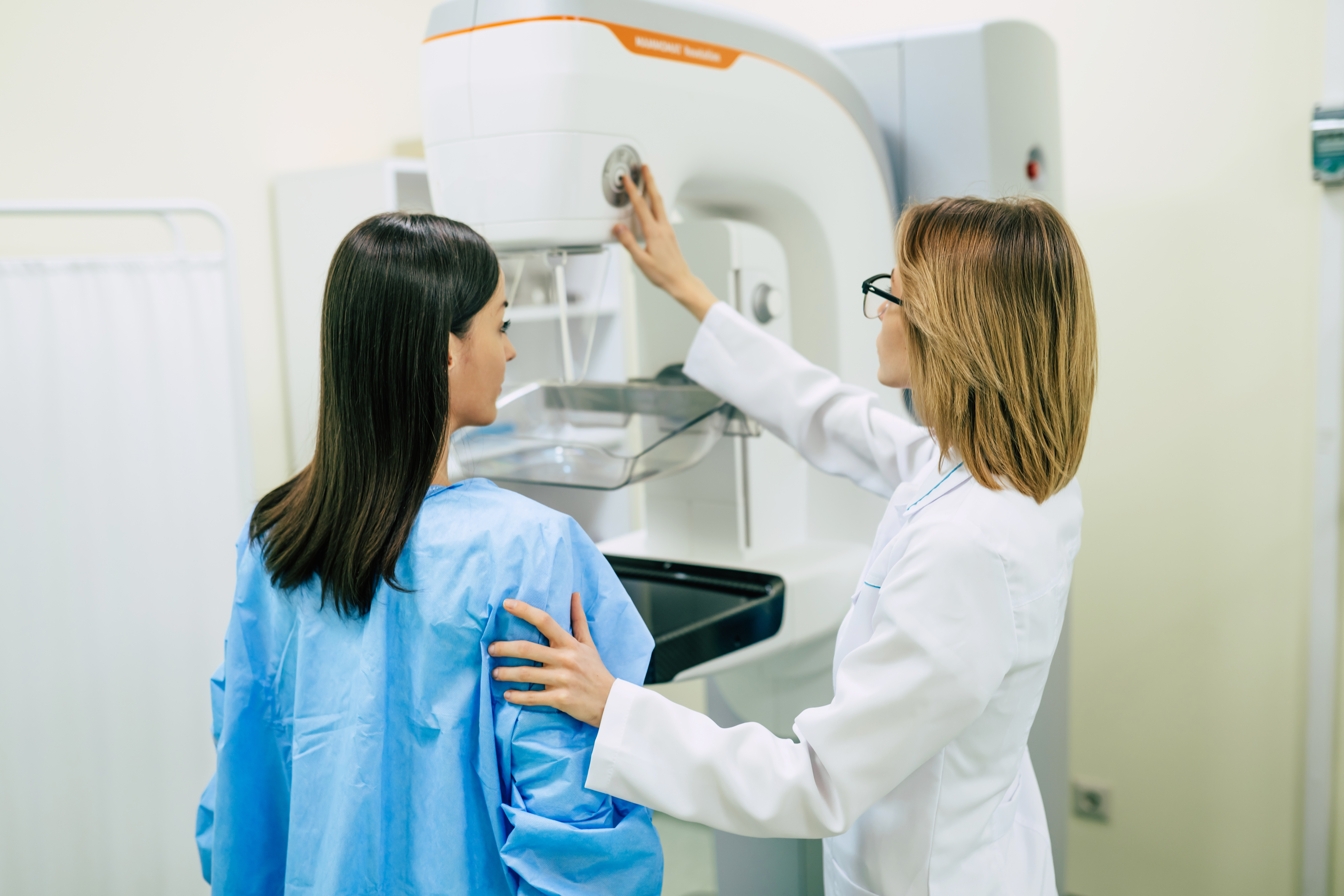Many women experience period pain, known as dysmenorrhea. And, when faced with that pain, many of those women will simply pop a few ibuprofen and go about their day. But for others, the pain is so severe that they need to take time off work or school. If you’re in that group, and you’re also aware of the dangers of regular consumption of opioids for pain control, you might be considering other remedies, like marijuana.
Cannabis, the plant used to make marijuana, is becoming more popular for medical use. But it’s important to understand the facts behind the hype. Although some small studies and personal anecdotes say marijuana might help with menstrual pain, the evidence is limited. There are also worries about the safety of cannabis consumption, particularly concerning marijuana use in pregnancy and its effects upon fertility, but also for overall health.
So, what does the data say about whether marijuana can actually help ease period pain? Let’s take a closer look.
What is marijuana?
Marijuana (or cannabis) comes from the leaves, flowers, stems, and seeds of the Cannabis sativa L plant. It contains different chemical compounds, each having different effects upon the body. For example, tetrahydrocannabinol, or THC, is the compound found in marijuana that makes people feel “high.” Another marijuna-derived compound called cannabidiol, better known as CBD, doesn’t cause a high, and is often used in a variety of health supplements.
People can use marijuana by smoking it, adding it to food, using oils or creams, or taking supplements. When people talk about marijuana or “weed,” they often mean products containing THC.
Marijuana use is growing
Marijuana is the most commonly used “illicit” drug in the world. In the United States, its use among adults more than doubled between 2001 and 2013. Unsurprisingly, legalization has led to increased consumption, particularly among young men and women, often with tragic effects. Marijuana is now legal in 24 states for recreational use and in 38 states for medical use.
Furthermore, marijuana use among women is on the rise, with 11% of American women admitting to smoking the drug regularly, according to data from Gallup. Fully 47% of U.S. adults have tried marijuana at some point in their lives, also according to Gallup survey respondents.
Even though marijuana use is growing, there isn’t enough public awareness about the risks, especially for fertility. For years, marijuana was illegal, so research was limited. Further complicating matters is that today’s marijuana is far more potent than what was used or studied in the past, and many consumers tend to simultaneously use other substances, like alcohol, when using marijuana. All told, this makes it hard to understand marijuana’s specific negative effects.
How might marijuana reduce pain?
The appeal of marijuana to treat menstrual pain lies in its perceived ability to relieve discomfort, which might allow someone to forego traditional painkillers, which have their own serious side effects.
Your body naturally makes chemicals known as endocannabinoids. Likewise, the body has cannabinoid receptors (where the endocannabinoids bind to regulate pain, mood, inflammation, and other functions) and enzymes (which break down the endocannabinoids once they’ve done their job). All together, this is known as the endocannabinoid system (ECS), a complex cell-signaling network found throughout the body, including within the hypothalamic-pituitary-ovarian (HPO) axis, fallopian tubes, and uterus.
Cannabis compounds—both THC and CBD—interact with the body’s ECS receptors. THC binding can reduce how strongly you feel pain, make you more relaxed, and calm muscle cramps. CBD doesn’t bind directly, but influences the ECS by increasing levels of natural endocannabinoids, which help regulate pain and inflammation.
What do we know about marijuana for period pain?
The endocannabinoid system doesn’t just impact pain sensation and response. The ECS also helps regulate processes like menstrual cycles, pain, inflammation, and fertility [1,2]. ECS receptors are found in the uterus and can affect pain such as cramping [2]. The ECS also influences hormone levels, uterine function, and even reproductive conditions like endometriosis, making it essential for overall reproductive health. Again, because THC and CBD interact with the ECS, it begs the question, could marijuana also relieve menstrual-related pain?
Unfortunately, marijuana’s role in managing menstrual pain remains poorly understood due to a lack of research. Randomized controlled trials (RCTs)—the gold standard for evaluating medical treatments—have not yet been conducted for marijuana’s use (whether THC or CBD compounds) in this context, leaving significant gaps in our understanding.
Could CBD suppositories reduce period pain?
One small study, published in NPJ Women’s Health in 2024 (and funded by a company producing CBD suppositories), sought to determine whether a CBD vaginal suppository could help reduce period pain and decrease the need for opioid painkillers [3].
The researchers examined the efficacy of a hemp-derived, high-CBD (100 mg) vaginal suppository in treating menstrual-related symptoms. (Hemp and marijuana are the same plant species, but the hemp plant has lower levels of THC–less than 0.3%, which is not enough to make you “high.”) Researchers surveyed 77 women using the CBD suppository and compared them to 230 women in a “treatment as usual” (TAU) group, in which participants used their typical pain relief of choice.
Women in both groups were given surveys at baseline (before using the products) and then again over the course of 2 months (or about 2 menstrual cycles). By the end of the study, 37 women in the CBD group and 90 women in the TAU group had completed all the surveys.
CBD suppositories relieved menstrual pain better than analgesics
Women who used the CBD vaginal suppository reported a greater reduction in their symptoms compared to those using their typical analgesic pain relievers (which could include acetaminophen, ibuprofen, or other prescription pain medications, but was not specified in the study). Participants used the suppositories as needed (also called “PRN” use) and reported their experiences.
In general, the more that participants used the suppository, the better their results. CBD users also didn’t rely on additional painkillers—the CBD was sufficient at managing their period pain.
Why we can’t say CBD is a great option for period pain
While the results of this one small study seem promising on the surface, a closer look at the data and how it was collected offer an important reminder that one should use caution when considering CBD products for period pain or other uses.
Because the CBD suppositories are commercially available in the U.S. and couldn’t be used in a clinical trial setting, participants had to work directly with the manufacturer for questions about the product or to get their supply. The users were not blinded to the study, as is typical in randomized controlled trials (that is, they knew they were taking a CBD suppository, which could have provided something of a placebo effect).
Additionally, the research team couldn’t randomize the participants, but rather selected from women interested in or already using the CBD product. Finally, because the study method was a national survey, the research team didn’t have any direct participant interactions and didn’t collect information on side effects or adverse events. (Known side effects of CBD usage include liver damage, mood changes, drowsiness, and diarrhea or other gastrointestinal upset, according to the CDC.).
Lack of FDA regulation
Because CBD-containing products are not regulated by the U.S. Food and Drug Administration (with the exception of CBD-containing Epidiolex for seizures), the amount of CBD may vary from one product to the next (and even from product to product within the same product line).
There is also the chance that other substances, including THC, may be mixed into products advertised as CBD-only [4]. The CDC warns, “consumers should be aware that products labeled as hemp or CBD may contain other ingredients, such as THC, pesticides, heavy metals, bacteria, or fungi.” Furthermore, in 2021, the CDC issued a Health Alert Network (HAN) Health Advisory alert notifying the public that “CBD can be synthetically converted into Delta-8 THC, which is psychoactive and not well understood.”
Marijuana’s impact on health & fertility
Finally, before you choose a CBD or THC-containing treatment for your period pain, you need to know that marijuana can negatively affect your health and fertility. (We previously shared pregnancy-specific concerns with marijuana use here).
Effects on reproductive health and fertility
CBD
To date, there is no research on the effect that CBD-containing products may have on male or female fertility, though a 2022 study in male rats found that their sperm was negatively affected [5].
THC
More than 15% of U.S. couples experience sub-fertility or infertility, and THC-containing marijuana has been linked to decreased fertility in both men and women. For women, marijuana disrupts the menstrual cycle and impairs or altogether prevents ovulation by changing levels of the female reproductive hormones progesterone, luteinizing hormone (LH), follicle stimulating hormone (FSH), and prolactin [6][7]. In men, marijuana use reduces testosterone levels and causes abnormalities in sperm, including irregular shapes, reduced numbers, and impaired movement [8].
Alarmingly, sperm counts in Western countries have dropped by about 50% since 1973, and it’s possible that marijuana use may have contributed to this decline. Regular, prolonged exposure to cannabis can disrupt the hypothalamic-pituitary-gonadal axis that regulates the male reproductive system, and it can negatively affect sperm production and motility (movement)
[9].Cannabis and cardiovascular risk
Reproductive health is not the only concern when young people use cannabis products. In their reporting on a 2025 study from the Journal of the American College of Cardiology (JACC), Medscape summed up, “Compared with people who said they did not use cannabis, those who reported using the drug had a sixfold increased risk for heart attack, a fourfold increased risk for ischemic stroke, double the risk for heart failure, and three times the risk for cardiovascular death, heart attack, or stroke” [10].
The JACC study examined the medical records of 4.6 million Americans, Canadians, and Europeans, and the average study subject was just 25 years old.
Furthermore, Medscape recently reported in June of 2025 on a meta-analysis of 24 relevant studies investigating cannabis use and found that marijuana use was associated with a twofold increased risk for major adverse cardiovascular events including death, stroke and myocardial infarction. Similar to the JACC study, the collected results of these 24 studies analyzed found cannabis use presented with 20% higher risk for stroke, a 29% higher risk for acute coronary syndrome and more than double the risk for cardiovascular mortality compared to nonusers. This positive correlation between cannabis use and major cardiac event was even noted in the included study investigating medical marijuana.
Period pain treatment options that don’t alter mood and impair fertility
Marijuana (or CBD) for period pain remains an unproven, potentially risky option. And, crucially, even if future studies confirm that marijuana or CBD provide effective relief for menstrual pain, both options would still fail to treat the root cause or underlying issue causing painful periods. Furthermore, marijuana use can disrupt hormone regulation and ovulation, impair fertility, and affect cognitive function. Other common side effects like drowsiness, dry mouth, and heightened anxiety may also hinder daily activities and quality of life.
Consulting a healthcare professional, particularly one trained in restorative reproductive medicine, is imperative for finding safer, effective alternatives to treat period pain. This is where fertility awareness comes in, as cycle charting can actually help identify the underlying issues causing painful periods. Addressing the root causes of painful periods can lead to sustainable long-term improvements in health and fertility–all without reproductive system- and mood-altering substances.
This Piece Last Updated on July 17th, 2025, to reflect new information on Cannabis and CVD







